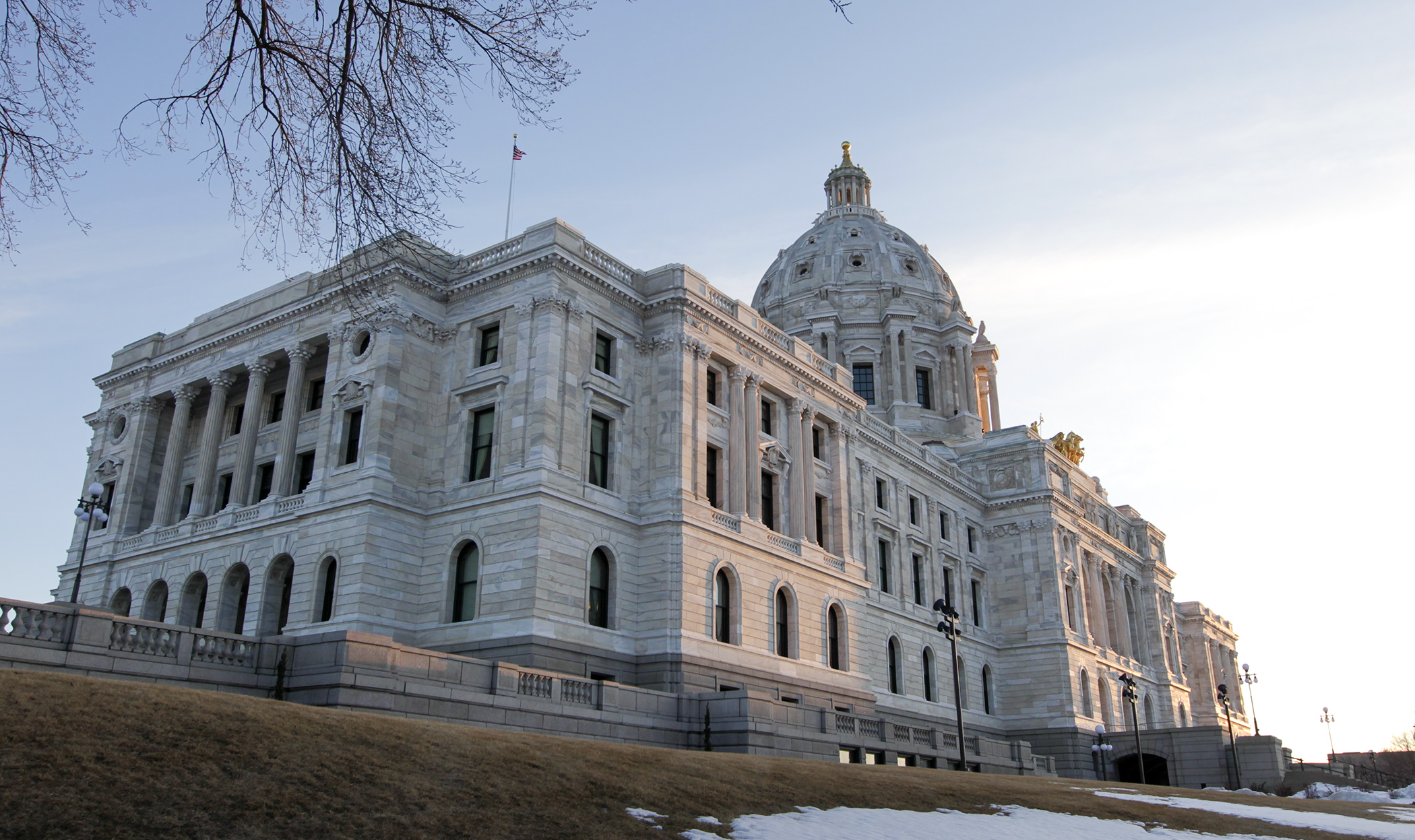Paying taxes on PPP loans? That, and more, would change under tax conformity bill

The federal government tossed multiple lifelines to American businesses in 2020. One was the Paycheck Protection Program. Through forgivable loans, it allowed small businesses to keep their staffs employed while revenues plummeted with the onset of COVID-19.
Yet, when tax filing season started early this year, many of those businesses were surprised to find that Minnesota considered those loans to be taxable income.
Call it a conformity glitch. Every year, legislators have to figure out how state tax law must be altered to bring Minnesota into line with changes made in Washington, D.C. And sometimes the lag between changes costs Minnesotans money.
Such was the case with the PPP provisions, as 10 testifiers confirmed to the House Taxes Committee Tuesday. But the problem would be rectified by HF501, as amended and laid over for possible omnibus bill inclusion. Sponsored by the committee’s chair, Rep. Paul Marquart (DFL-Dilworth), the bill would bring state tax policy into alignment with a few dozen federal provisions.
It would also cost the state’s General Fund $846.9 million in fiscal year 2022, but Marquart made clear the state can’t afford that and revisions and compromises are undoubtedly on the way.
Its companion, SF263, sponsored by Sen. Tom Bakk (I-Cook), awaits action by the Senate Taxes Committee.
HF501 doesn’t bring the state into conformity with the feds on everything. It allows for a subtraction for wages used to claim three federal tax credits: the employee retention credit, the payroll credit for required paid sick leave, and the payroll credit for required family leave. Other than those, the bill would update the state income tax code to retroactively incorporate all federal changes made between the end of 2018 and the end of 2020.
Here are some of the most common ways in which the proposal could change your tax responsibilities.
If you have a business:
The PPP provisions are the big deal to most small businesses. The bill would exclude forgiven loans from gross income and prevent the denial of business expense deductions for forgiven loans from the program.
Companies making charitable contributions would see limits rise. Both financial contributions and donations of food inventory could rise to 25% of taxable income. Losses generated in 2018, ’19 and ’20 could be carried back five years and the deduction limit on net operating losses retroactively suspended. And the full amount of disaster-related casualty losses could be deducted.
The bill would also raise the business interest deduction limit from 30% of taxable income to 50% for tax years 2019 and 2020; fix the so-called “retail glitch” that disallows depreciation benefits for some property; and provide exclusion from gross income and prevent deduction denial for multiple coronavirus relief programs.
If you’re an individual filing an income tax return:
If you own a home, discharged mortgages on a principal residence would be excluded from gross income. And, for those who had to tap into their retirement savings because of COVID-19, the bill would allow coronavirus-related distributions of up to $100,000.
Your expenses for business meals would no longer be subject to the 50% deduction limit. For educators, PPE, disinfectant and other COVID-19 supplies would qualify for the educator expense deduction. And volunteer firefighters or emergency medical technicians could exclude from gross income up to $50 a month in benefits.
If you’re paying for school:
You’d be allowed an above-the-line deduction for up to $4,000 of tuition. Employer student loan payments would continue to be excluded up to $5,250 per individual. Certain emergency financial aid grants provided to students could be excluded from gross income. And 529 college savings plans could pay for apprenticeship expenses and student loan payments for the beneficiary or a sibling.
If you contributed to charity:
The charitable contribution limit for individuals would increase from 60% to 100% of adjusted gross income for tax year 2020-21, as would the limit for cash charitable contributions to disaster areas.
Some testifiers made clear that accountants are waiting for guidance on what the state is going to do as multiple tax deadlines approach.
But Marquart warned that much needs to be done before the bill reaches its final form.
“We’ve got a long way to go on this and a lot of prioritizing,” he said.
Related Articles
Search Session Daily
Advanced Search OptionsPriority Dailies
Ways and Means Committee OKs proposed $512 million supplemental budget on party-line vote
By Mike Cook Meeting more needs or fiscal irresponsibility is one way to sum up the differences among the two parties on a supplemental spending package a year after a $72 billion state budg...
Meeting more needs or fiscal irresponsibility is one way to sum up the differences among the two parties on a supplemental spending package a year after a $72 billion state budg...
Minnesota’s projected budget surplus balloons to $3.7 billion, but fiscal pressure still looms
By Rob Hubbard Just as Minnesota has experienced a warmer winter than usual, so has the state’s budget outlook warmed over the past few months.
On Thursday, Minnesota Management and Budget...
Just as Minnesota has experienced a warmer winter than usual, so has the state’s budget outlook warmed over the past few months.
On Thursday, Minnesota Management and Budget...